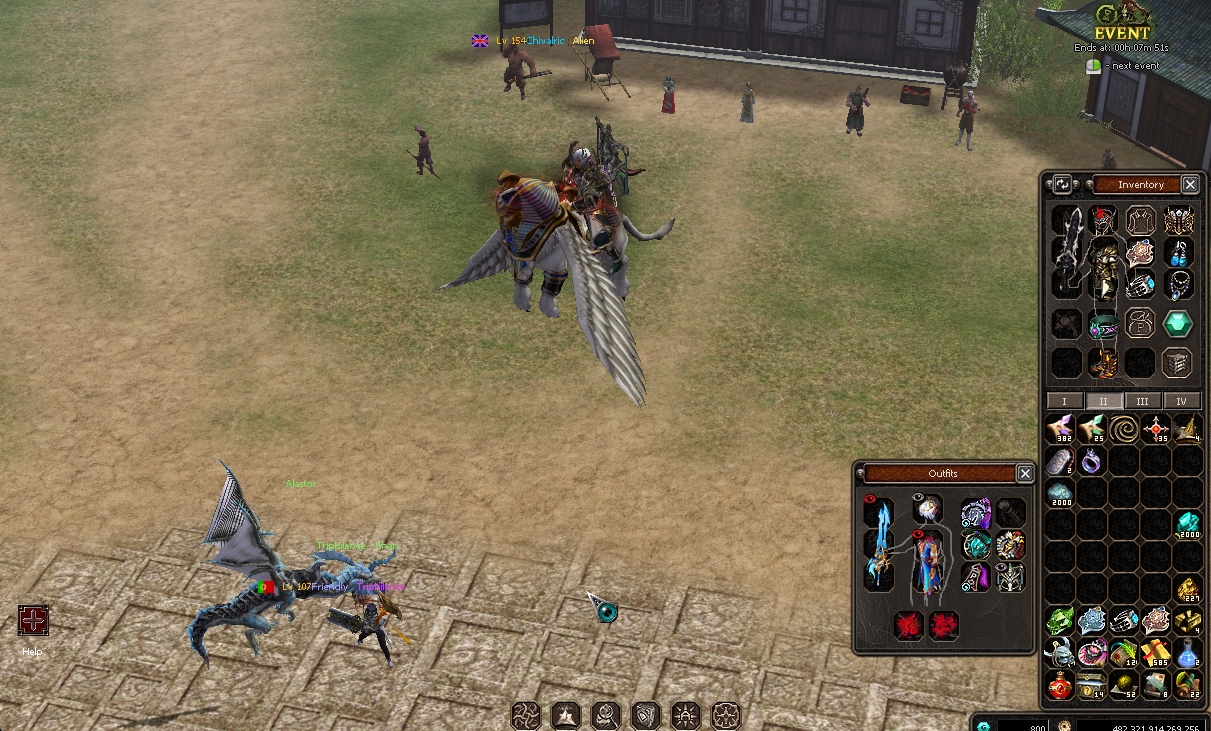Discover posts
The Origins Of Justice
The English word “justice” derives from the Latin “justitia” meaning righteousness or equity. The Roman goddess of justice portrayed as a blindfolded woman with a sword in one hand and a pair of scales of justice in the other has a more complicated derivation. The earlier versions of justice had an implication of propriety and everything in its place and are best summed up in Tennyson’s single line – God’s in heaven and all’s right with the world. That concept has its earliest origin in the Egyptian word, concept and goddess named Maat. She is depicted with a scepter in one hand and the Ankh (eternal life) in the other and has an ostrich feather in her hair and sometimes a lioness by her side.
Quoting directly from Wikipedia under Maat –
“The significance of Maat developed to the point that it embraced all aspects of existence, including the basic equilibrium of the universe, the relationship between constituent parts, the cycle of the seasons, heavenly movements, religious observations and fair dealings, honesty and truthfulness in social interactions.[7]
The Ancient Egyptians had a deep conviction of an underlying holiness and unity within the universe. Cosmic harmony was achieved by correct public and ritual life. Any disturbance in cosmic harmony could have consequences for the individual as well as the state. An impious King could bring about famine or blasphemy blindness to an individual.[8] In opposition to the right order expressed in the concept of Maat is the concept of Isfet: chaos, lies and violence.[9]”
The heart of a dead person was weighed on a scale by Maat against her ostrich feather. If the heart was lighter than the feather, it passed the test and was granted eternal life. If not it was devoured by the lioness by her side and the soul set adrift into chaos.
The idea of order signifying righteousness and equity was developed by other ancient civilizations. In the Rig Veda of the Hindus was the concept of “Rta”. Its etymology as quoted in Wikipedia –
“R.ta is thought to be derived from the Proto-Indo-European stem *h2r-to- "properly joined, right, true", the latter being formed from the root *h2ar- "to join properly" (also found in *h2ar-yo-; cf. Skt. ???? a-?rya "noble".[4] This root survives in Sanskrit as r.- "to go, move, rise, tend upwards", and the derivative noun r.tam is defined as "fixed or settled order, rule, divine law or truth".[5] As Mahony (1998) notes, however, the term can just as easily be translated literally as "that which has moved in a fitting manner", abstractly as "universal law" or "cosmic order", or simply as "truth".[6] The latter meaning dominates in the Avestan cognate to R.ta, aša.[7]”
It is very likely that the Sanskrit word “Ritu” meaning season and denoting the weather of the seasons comes from the Vedic Rta which then had its progenies Dharma and Karma. In Zorastrianism the word derived in ancient Persian is “Arta”, then transformed to the Vah(S)ishtha (meaning best) Asha, the Amesha Spenta denoting righteousness and truth. Hence the Parsee and Persian names Ardeshir and Artaxerxes. The opposite of Satya and Arta is “druh” meaning lie, affliction or even enmity as in the modern Indian word “Drohi”.
Finally the Greek precursor of the same goddess is Themis, the daughter of Uranus and Gaia, and thus a Titan, whose daughters by Zeus are the three fates Clothos, Lachesis and Atropos (see my article “A Dirge For The Republic”. Once again the word theme in English and the name Themis in Greek comes from the base of “tithenai” meaning place like in Sanskrit “tishthatey” to sit in place. The Chinese have the concept of the Mandate of Heaven which sustains the rule of a just ruler.
The Egyptian view had a concept of the day of final judgment. In Greek mythology and their concept of gods was that of all powerful immortal beings who behaved in a purely selfish manner according to their whims. It explains the repeated seductions of human females by Zeus using guile, disguise and deception and the punishments inflicted on human beings without rhyme or reason. The Jewish concept of god is that of a jealous tyrant who demands the sacrifice of his son from Abraham, overlooks fratricide as in Cain and Abel and mercilessly tortures Job. The Islamic concept of God has the title of the compassionate and merciful, but the Koran’s description of God is that of a god pretty much the same as the Jewish Tyrannotheos Prepucephilus. The ghastly primitive story of Kelaiya in Hindu mythology is an avatar of the same god. It is in the originally atheistic Buddhism that one first comes across the greater emphasis on kindness, compassion and self-sacrifice for others like Boddhisatvas postponing their own Nirvana (extinction defined as salvation) to guide the less knowledgeable and suffering to the path of righteousness. It is in Paul’s version and not Jesus Christ’s Christianity that salvation is offered to non-Jews (read Robert Wright’s book – The Evolution of God).
In Greek mythology, Clotho, the first fate spun the thread of life, Lachesis measured it and Atropos decided when to cut it and end life for everyone. The earliest variation of justice was more punitive vengeance and was the responsibility of Tisiphone (avenger of murder), Megaera (jealousy) and Alecto (constant anger), who chased offenders usually through out the night. They were born from the blood of the titan Uranus when his son Chronos castrated his father and threw his testicles into the sea. Their birth is from a crime and their pursuit is vengeance more than justice. They were ugly with snakes growing from their head instead of hair like the Gorgon Medusae. The idea of justice was more a question of determining punishment or compensation. See my old article “The Truth About Legal Codes & Political Power”. It is much late and mainly in the last thousand years that better formulations of justice have been formed. Etymologically once again the Sanskrit word “Pramana” literally means measure and the Sanskrit and modern Indian language word “Pramanika” meaning one who measures (well) has come to mean equitable and hence just. A similar etymology from the English word “Ratio” (the proper relationship or measure of comparison to discriminate the weight, length etc. of two entities) gives rise to the word “Rational and Rationality” which becomes the base of justice. The irony of life is that the word for base in Arabic is “Qaeeda” which in Hindi means the Law or Rule, but to us Americans means “Terror”. The neoliberal Washington consensus and Islamist terrorism have changed justice and its meaning.
The problem at present is that the idea of justice has morphed and been corrupted to the point that the rich and privileged are treated preferentially and their losses (banks) socialized to be borne by the public, while the ordinary citizens lose their homes and retirement and are subjected to cutthroat capitalistic survival in a Hobbesian jungle, marooned on a high wire without a safety net. The newly evolved version of the Goddess of Justice would have her thumb manipulating the scale to benefit the powerful as she peeped from her blindfold and cheated to use all the secret and clandestine evidence to favor her chosen groups and used the sword to threaten, browbeat and intimidate the deserving from attaining or approaching justice, as in giving Corporations the rights of an immortal person and applying the First Amendment to Corporations as in the recent Supreme Court ruling on the Citizens United vs. Federal Election Commission.


